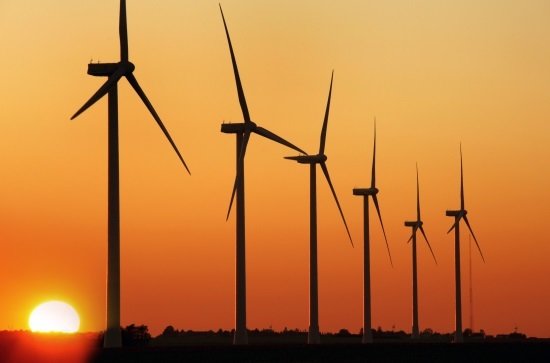The following slides help to alleviate common misconceptions about wind energy.

Wind Energy Impacts
Photo from Invenergy LLC, NREL 14371
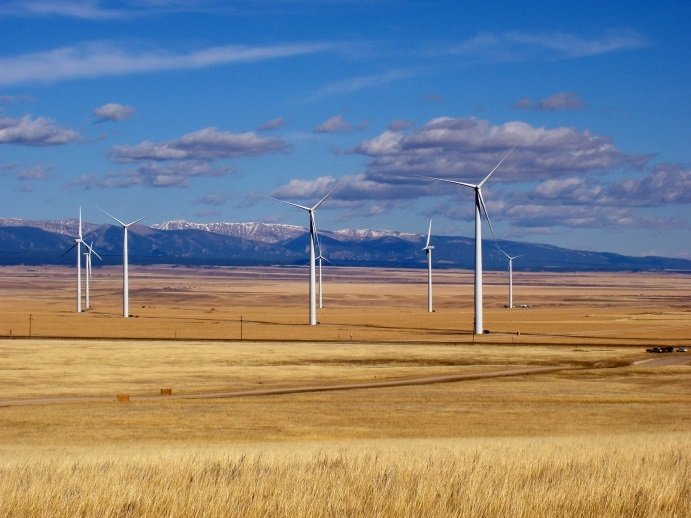
Wildlife impacts vary by location,* and new developments have helped to reduce these effects.

Photo from LuRay Parker, NREL 17429
Wind Energy Impacts
Pre- and post-development studies, educated siting, and curtailment during high-activity periods have decreased wildlife impacts.**
Additional strategies are being researched to better understand and further decrease impacts.
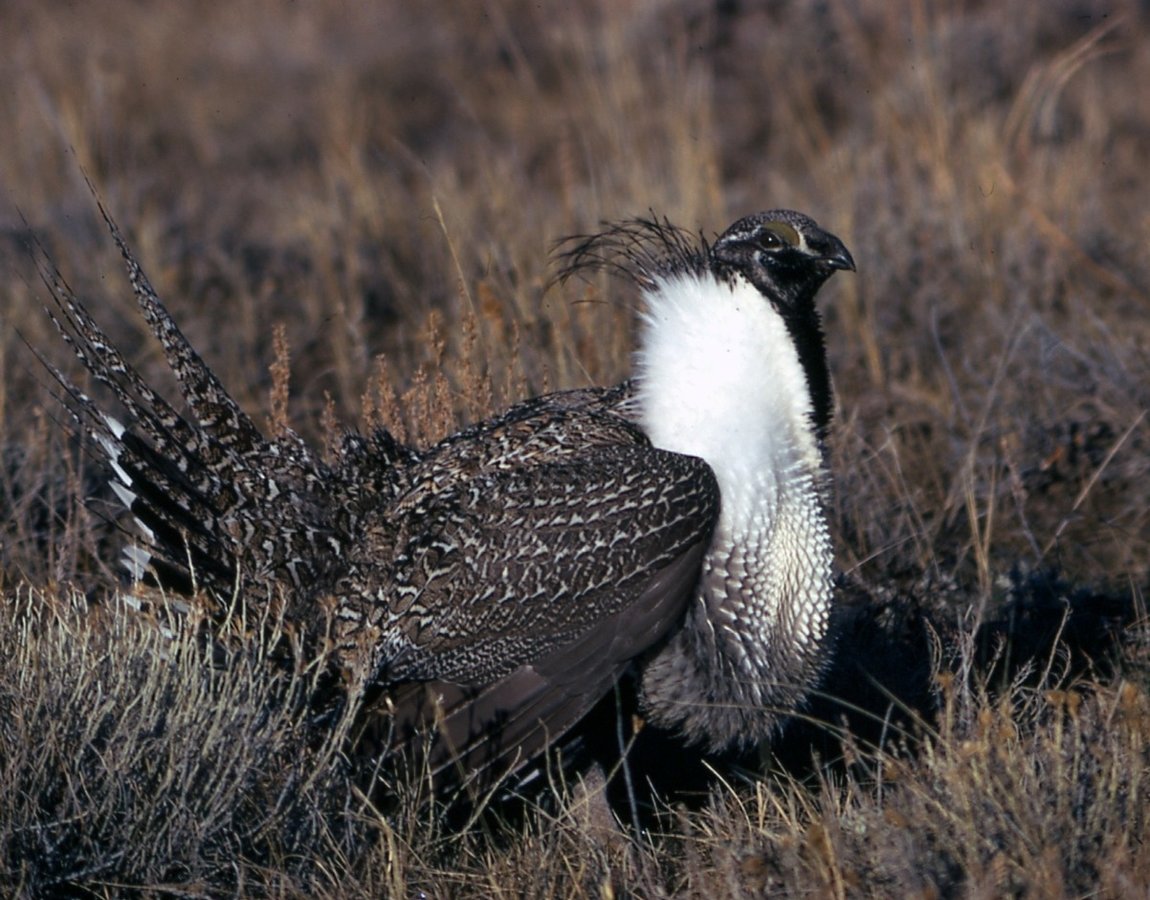
*Erickson, W.P.; Wolfe, M.M.; Bay, K.J.; Johnson, D.H.; Gehring, J.L. (September 15, 2014).
A Comprehensive Analysis of Small-Passerine Fatalities from Collision with Turbines at Wind Energy Facilities.
**American Wind Wildlife Institute. (2014).
Wind Turbine Interactions with Wildlife and Their Habitats: a Summary of Research Results and Priority Questions.
Bird mortality from wind turbine collisions pales in comparison to other engineered structures.*

*Loss, S.R.; Will, T.; Marra, P.P. (December 2013).
Estimates of Bird Collision Mortality at Wind Facilities in the Contiguous United States.
*Longcore et al. (2013). Avian Mortality at Communication Towers in the United States and Canada: Which Species, How Many, and Where?
*Erickson, W.P.; Wolfe, M.M.; Bay, K.J.; Johnson, D.H.; Gehring, J.L. (September 15, 2014). A Comprehensive Analysis of Small-Passerine Fatalities from Collision with Turbines at Wind Energy Facilities.
Wind Energy Impacts
The wind energy industry aggressively works to minimize avian impacts from wind turbines; however, it is important to evaluate wind turbines compared to other standing structures that exist in a habitat or ecosystem.

There is no statistically significant evidence of human health impacts from wind turbines.*

* Minnesota Department of Health Environmental Health Division. (2009). Public Health Impacts of Wind Turbines.
*Ontario Ministry of Health and Long-Term Care; Chief Medical Officer of Health Report. (May 20, 2010). The Potential Health Impacts of Wind Turbines.
*National Health and Medical Research Council. Canberra, Australia. (July 2010). Wind Turbines and Health: A Rapid Review of the Evidence.
*Massachusetts Department of Environmental Protection and the Massachusetts Department of Public Health. (2012). Wind Turbine Health Impact Study: Report of Independent Expert Panel.
**U.S. Department of Energy. (2015). Wind Vision: A New Era for Wind Power in the United States.
Wind Energy Impacts
Photo from Forbes Park LLC, NREL 16116
Some individuals living in close proximity to wind energy developments have expressed annoyance attributed to turbine sound or other impacts. Manufacturers are working to reduce mechanical and aerodynamic noise to help alleviate these concerns.**
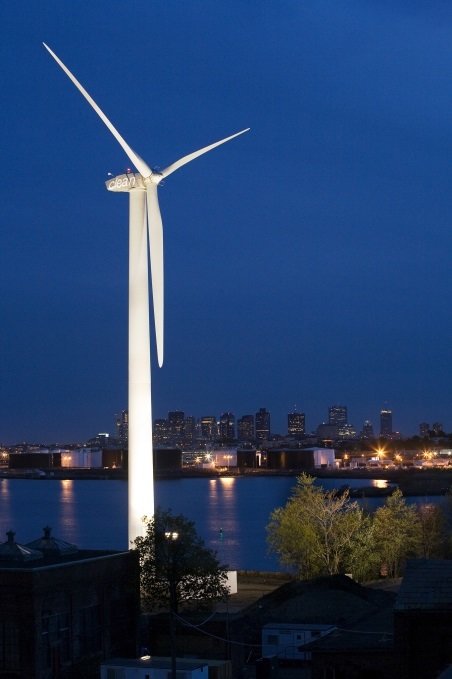
Shadow flicker impacts vary depending on location-specific variables, but effects are typically analyzed and can be minimized.*

*Stanton, T. National Regulatory Research Institute. (January 2012). Wind Energy & Wind-Park Siting and Zoning Best Practices and Guidance for States.
**U.S. Department of Energy. (2015). Wind Vision: A New Era for Wind Power in the United States.
Wind Energy Impacts
Photo from Iberdrola Renewables, NREL 15246
Shadow flicker occurs when wind turbine blades cast shadows that move across the ground and nearby structures. Shadow flicker occurs more often at higher elevations, early morning and evenings, and can vary due to surrounding structures and vegetation. Wind plant designers and turbine operators have the ability to minimize potential impacts, and most wind zoning places limits on flicker impacts.**
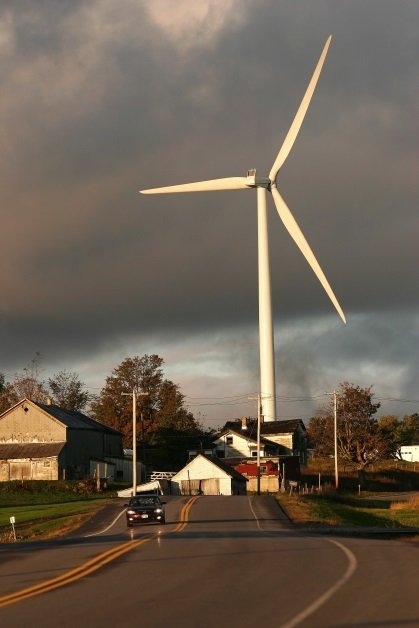
Radar impacts exist, but federal agency siting requirements address concerns.

*Karlson et al. Sandia National Laboratory. (September 2014). IFT&E Industry Report Wind Turbine-Radar Interference Test Summary.
** Federal Aviation Administration. DoD Preliminary Screening Tool.
Wind Energy Impacts
Photo from NOAA.
A variety of mitigation strategies have been developed to reduce impacts on radar. These include infill radars to restore a loss in radar coverage, replacement radars, and upgrading identified radar technology.* In addition, rigorous review processes and federal consultations address this issue.**
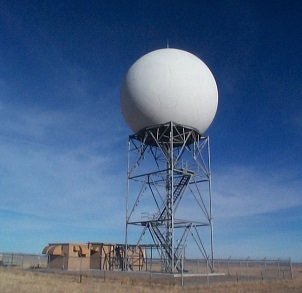
Although uncommon, communication signal impacts are easily mitigated.

*U.S. Department of Energy. (2015). Wind Vision: A New Era for Wind Power in the United States.
Wind Energy Impacts
Photo from Southwest Windpower, NREL 09157
Modern wind turbines have limited impacts on communications. Most problems are resolved during the turbine siting process. Communication impacts can be resolved by replacing an antenna with a larger, more powerful one; adding a reception booster to the antenna; or by switching to cable or a satellite service.*
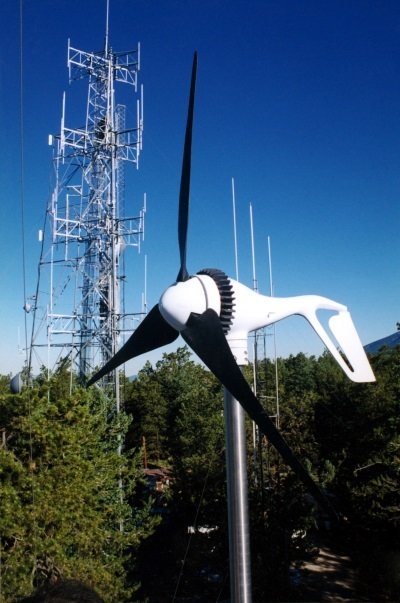
Research shows no evidence of post-construction decreases in property values.*

*Hoen, B.; Wiser, R.H.; Cappers, P.; Thayer, M.; Sethi, G. (2009). Journal of Real Estate Research. The Impact of Wind Power Projects on Residential Property Values in the United States: A Multi-Site Hedonic Analysis .
Hoen, B.; Wiser, R.H.; Cappers, P.; Thayer, M. (2013). Lawrence Berkeley National Laboratory. An Analysis of the Effects of Residential Photovoltaic Energy Systems on Home Sales Prices in California.
Hoen, B.; Brown, J.P.; Jackson, T.; Wiser, R.H.; Thayer, M.; Cappers, P. (August 2013). Lawrence Berkeley National Laboratory. A Spatial Hedonic Analysis of the Effects of Wind Energy Facilities on Surrounding Property Values in the United States .
Atkinson-Palombo, C.; Hoen, B. (2014). Lawrence Berkeley National Laboratory. Relationship between Wind Turbines and Residential Property Values in Massachusetts .
Wind Energy Impacts
Photo from Iberdrola Renewables, NREL 15247
Multiple peer-reviewed studies have been conducted to determine the actual impact of wind energy development on property values. Statistical evidence shows that views of and proximity to wind turbines do not have adverse post-construction effects on property values.
Visual impacts on local landscapes can be understood prior to construction.

*Vissering, J.; Sinclair, M.; Margolis, A. (May 2011). Clean Energy States Alliance. A Visual Impact Assessment Process for Wind Energy Projects.
**Palmer, J.F. (2015). Effect Size as a Basis for Evaluating the Acceptability of Scenic Impacts: Ten Wind Energy Projects from Maine, USA. Landscape and Urban Planning, 140: 56-66.
Wind Energy Impacts
Photo from GE, NREL 18207
Visual impact assessments can provide a better understanding of what turbines may look like on different landscapes prior to construction.* The use of qualitative* and quantitative** assessments of visual impacts can help communities make decisions on the appropriate deployment of wind turbines.
